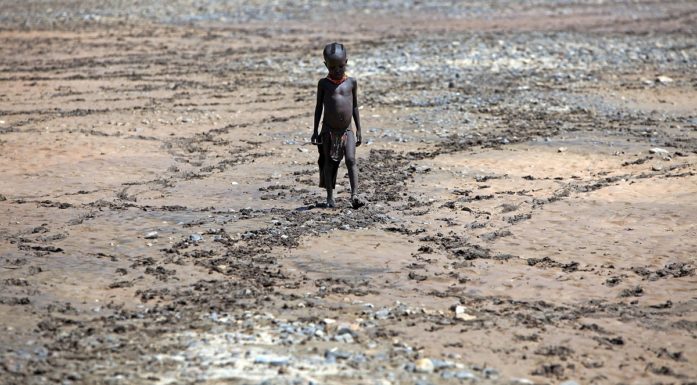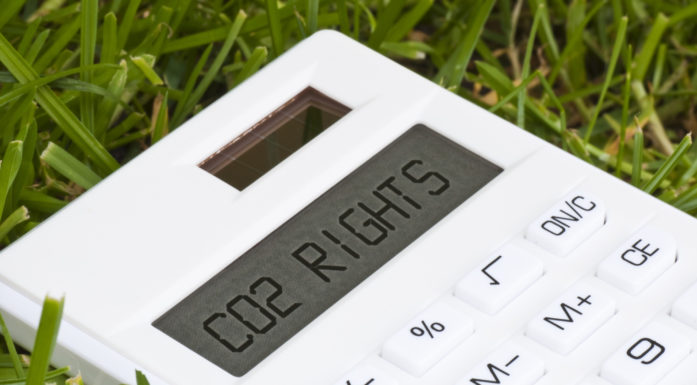How to mitigate household flood damage
Was your house damaged following the recent ‘Hans’ extreme weather event? SINTEF can advise you about what you can do to limit the extent of the damage.
Flood damage to homes and buildings should be dealt with as rapidly as possible in order to prevent the development of mould and other consequential damage. SINTEF’s Building Research Design Guide (Byggforskserien: 700.115 Vannskader i bygninger. Tiltak og utbedring (Water damage in buildings; measures for damage mitigation and repair) contains a list of the various measures you can take.
One of the most important things is to see if ground conditions around your house have been altered. For example, have flood waters washed away any of the ground around the house? Are there any signs of land slippage? Has the ground developed major cracks or fissures?
If so, you should contact the buildings authority in your municipality and, if necessary, have geotechnical surveys carried out before starting any repair work.
“Nor should you start clearing up or any kind of repair work until you have the green light from your insurance company”. So says Senior Adviser Anders Kirkhus at SINTEF. “However, you should do whatever is possible to limit any further damage, such as removing the water and opening the house to help it dry out”, he says. Kirkhus is currently working in the field of climate change adaptation.
Remove all sources of decontamination
Water that has entered a building may contain soil, sand and clay, as well as other contaminant materials such as sewage, fertilisers, nutrients and heavy metals.
“You should remove as much as you can of any contaminants as rapidly as possible. This will help to reduce the possibility of problems related to future moisture damage”, says Kirkhus.
Don’t pump out the water too soon
After flooding, it is important not to pump the water from your basement too soon. Usually, it will drain away by itself once groundwater levels around the house start to fall.
As long as water pressure is being exerted against the basement walls and/or floor, the removal of water may lead to additional damage such as forced elevation of the floor or, in the worst case, the entire house. In most cases, you will be able to monitor groundwater levels by examining the water level in your drain pit.
What do you have to remove?
The items or materials that have to be demolished or removed to promote effective drying out will depend on the nature of the materials, the extent of the damage and how your house is constructed.
“Be especially aware that in situations where moisture-sensitive materials are enclosed by sealed layers formed by panels, pasteboard or plastic film, constructions must be opened up in almost all cases to promote adequate drying before any repair work can begin”, advises Kirkhus.
Drying out your house
When drying out your house, it is important that you do not increase the temperature without effective ventilation. Mould and bacteria reproduce much more rapidly at higher temperatures.
“In structures that have been submerged, a combination of high temperatures and standing water may easily result in mould damage in the course of a few days. This may also apply to structures that have not been in standing water”, Kirkhus.
Inspect all electrical installations
If your house has been subject to major flooding, all electrical installations must be thoroughly inspected by a certified electrician or the local electrical inspection authority before they can be used.
“And don’t use toilets connected to a septic tank before the tank has been emptied”, warns Kirkhus.
Protect against landslides
The Building Research Design Guide (Byggforskserien 311.137 Løsmasseskred i bratt terreng. Farevurdering og sikringstiltak (Landslides in steep terrain; risk assessment and slope securement) addresses factors that are typically associated with slides of unconsolidated materials, how and why such slides can be triggered, and how to assess the risk of such slides occurring.
The guide discusses the most common methods of securing buildings, construction sites and other areas under development, not only in the planning phase, but also during the securement of existing buildings and infrastructure.





